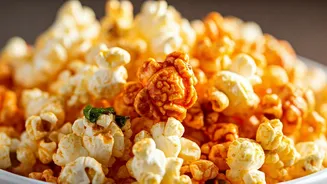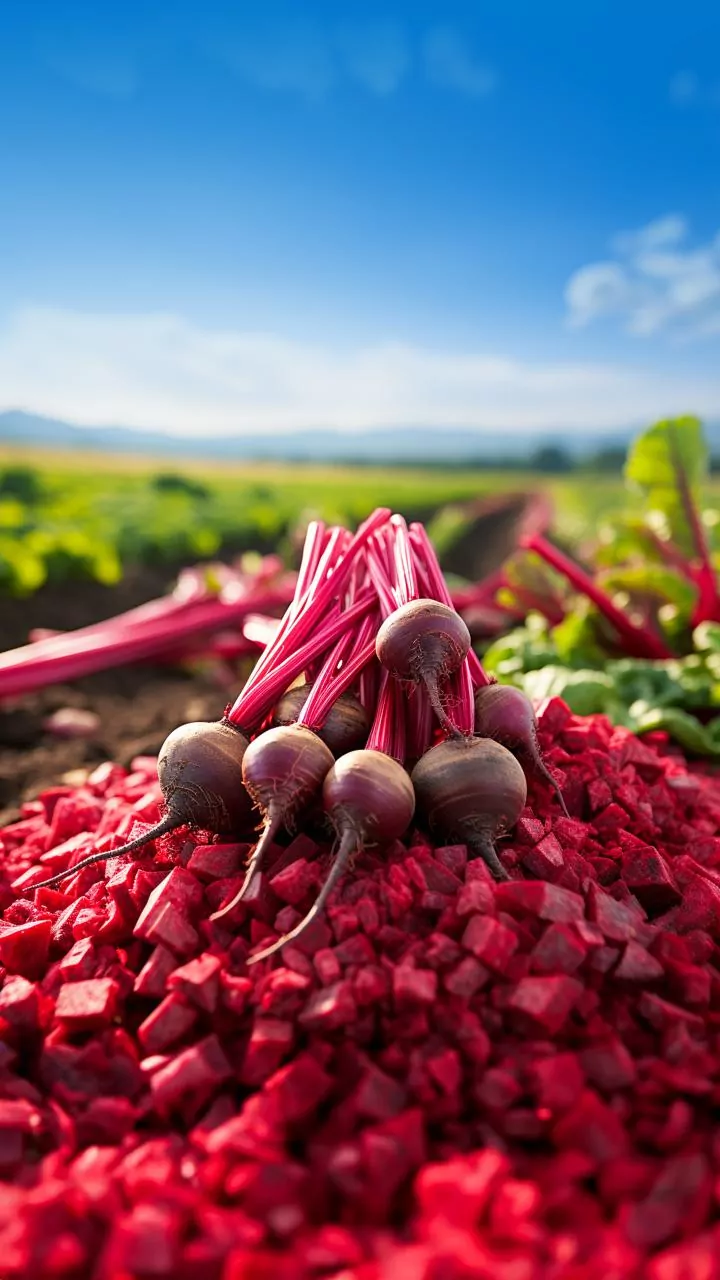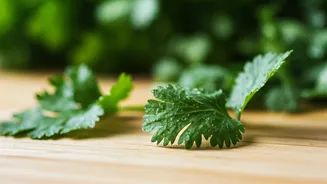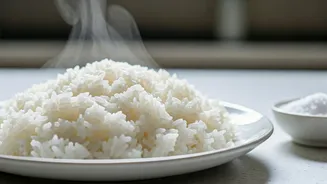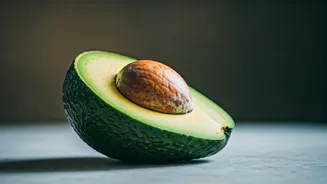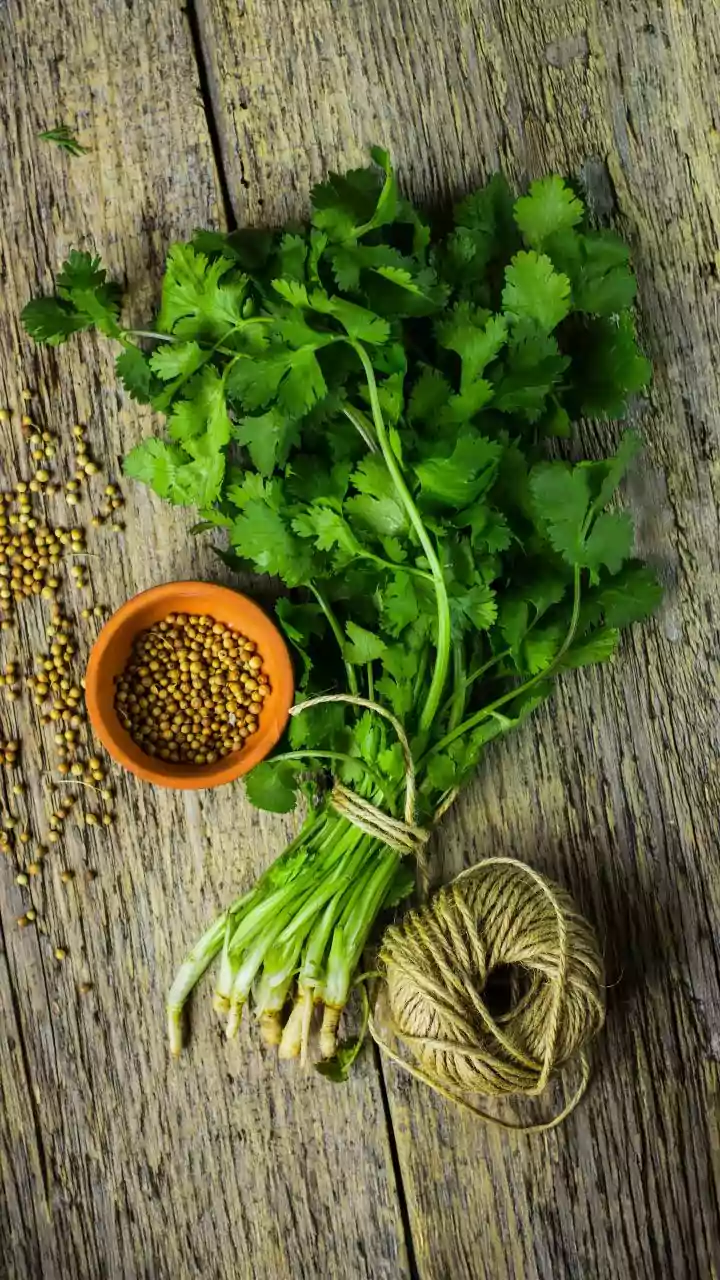Seasoning's Sticky Situation
The struggle is real: you meticulously prepare your popcorn, generously sprinkle on your favorite seasonings, and… they all end up at the bottom of the bowl.
This common frustration stems from popcorn's surface. Popcorn kernels have a relatively smooth surface, making it difficult for seasonings to adhere. Most seasonings are dry powders, and without something to help them stick, they simply fall off. This is especially true for finer seasonings, which have less surface area to grip onto the popcorn. The challenge lies in finding a method that enables the seasoning to grab hold and stay put, delivering maximum flavor with every bite. Understanding the inherent challenges is the first step toward crafting perfectly seasoned popcorn at home.
The Oil's Crucial Role
The secret to well-seasoned popcorn? A very light coating of oil. Oil acts as an adhesive, creating a sticky surface that helps the seasoning cling to the popcorn kernels. This process dramatically improves the adherence of even the finest spice powders. The oil is applied *before* the seasoning. The choice of oil matters; use a neutral-flavored oil such as canola, sunflower, or avocado oil so it doesn't compete with the flavor of the seasoning. The amount of oil is key: too much will make the popcorn soggy, while too little won’t provide enough grip for the seasoning. A gentle spritz or a very light drizzle from a bottle with a nozzle is the best method to ensure even distribution, guaranteeing that every kernel gets a chance to become a flavor powerhouse.
Applying The Seasoning
After applying the oil, immediately add the seasoning. This works best when the popcorn is still warm, as the heat helps the oil to spread evenly and allows the seasoning to better adhere to the surface. Gently toss or shake the popcorn in a large bowl to ensure all kernels get a fair coating of oil and seasoning. For optimal results, add the seasoning in stages. Start with a small amount, toss, and taste. Then, add more seasoning as needed, repeating this process until you achieve the desired flavor intensity. This method allows for greater control and prevents over-seasoning. Experiment with different seasoning combinations to find your perfect popcorn flavor profile.
Seasoning Combinations to Try
The possibilities for popcorn seasoning are almost endless. Experiment with classic combinations, such as sea salt and cracked black pepper. Or, create spicy flavor profiles with chili powder and cayenne pepper. Nutritional yeast is a great alternative for a cheesy flavor profile. For a sweet treat, try a blend of cinnamon and sugar. A mix of garlic powder, onion powder, and dried herbs provides a savory and aromatic experience. Consider making your own seasoning blends, tailoring them to your personal preferences. Start with a base of salt, and then build from there, adding herbs, spices, and other flavor enhancers, like dried lemon zest. The goal is to experiment and discover the combinations you find the most delicious!
Perfect Popcorn: Final Tips
For the perfect popcorn experience, use high-quality popcorn kernels. The kernels should be fresh, as older kernels may not pop as well. Consider the popping method: air-popped popcorn tends to hold seasoning better than microwave popcorn because the surface is less oily and less slick than microwave popcorn. Avoid overcrowding the pot if using the stovetop method. This ensures that the kernels pop evenly and thoroughly. Allow the popcorn to cool slightly after popping before adding the oil and seasoning. This helps prevent the popcorn from becoming soggy. Store any leftover popcorn in an airtight container to keep it fresh and prevent it from going stale. Enjoy the perfectly seasoned popcorn!
